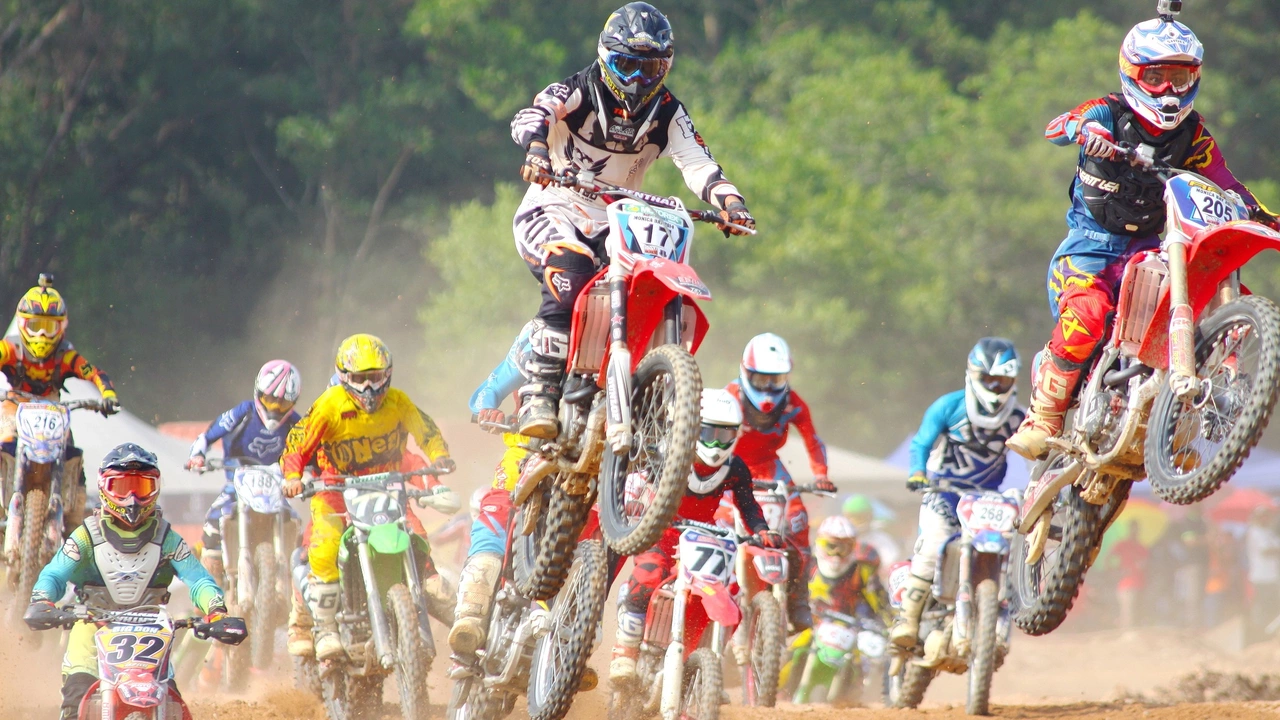Sport Characteristics: What Defines Each Motorsport
Ever wondered why a Formula 1 car looks nothing like an IndyCar or a Le Mans prototype? The answer lies in the sport’s core characteristics – the mix of speed, stability, race length and driver demands that shape every racing series.
Speed, Power and Vehicle Design
Speed is the headline act in almost every motorsport. A Formula 1 car can hit 200 mph because engineers focus on pure aerodynamic efficiency and lightweight construction. IndyCar, while still fast, balances power with a broader chassis to suit oval tracks. Even street‑legal cars used in legal track days need a wide base – that extra width spreads the weight, improves grip and cuts the chance of sliding when you hit a corner.
Stability, Handling and the Racing Line
Stability isn’t just about staying upright; it’s about keeping the car planted so the driver can push the limits. A wide‑track design gives a bigger contact patch between tires and road, which translates to better handling on tight corners. That’s why drivers focus on the “racing line” – the optimal path that lets the car stay stable while chopping off seconds. Hit the line too early or too late and you lose speed, grip and sometimes even control.
Endurance races like the 24‑hour Le Mans test stability in a different way. It’s not just about raw speed but also about keeping the car reliable for a full day. Drivers rotate, pit crews manage wear and tear, and the car’s setup must handle night, rain and fatigue. The characteristic here is durability combined with consistent lap times.
Track type also defines a sport’s character. IndyCar loves ovals, giving fans high‑speed banking and close‑quarters battles. Formula 1 prefers road courses with a mix of fast straights and technical corners, demanding precise aerodynamics and driver finesse. Each format brings a unique flavor that attracts a specific audience.
Driver skill is another defining trait. Some think you need to be young, but you can start racing at 30 or older if you’re willing to train, get the right licence and practice on track days. The learning curve isn’t steep if you focus on basics like the racing line and car control before chasing podiums.
If you’re itching to try motorsport yourself, legal alternatives exist. Track days, sanctioned sprint events and club races let you feel the speed without breaking the law. Many teams also offer internships – a great way to see the behind‑the‑scenes work and build contacts.
Thinking about starting a professional racing team? The first characteristic to nail is a clear vision. Secure funding, pick a niche series that matches your budget, and assemble a crew of drivers, mechanics and engineers who share your passion. A well‑defined purpose keeps the team focused through the ups and downs of a racing season.
Understanding these sport characteristics helps you appreciate why each series feels distinct. Whether you’re a fan watching from the stands, a driver aiming for the next lap, or an entrepreneur building a team, the mix of speed, stability, format and skill defines the thrill of motorsport.

What makes motor racing a sport?
- by Ashton Beauregard
- on 17 Jul 2023
Motor racing is a sport due to its competitive nature, requiring both physical exertion and skill. Its high-speed action is regulated by a set of rules and takes place in a structured environment, just like any other sport. Beyond just driving, it demands strategic planning, precision, and endurance from the racers. Moreover, the team's ability to design and maintain a top-performing vehicle also plays a crucial role. Therefore, the blend of physical and mental challenges paired with the competitive element solidifies motor racing's status as a sport.